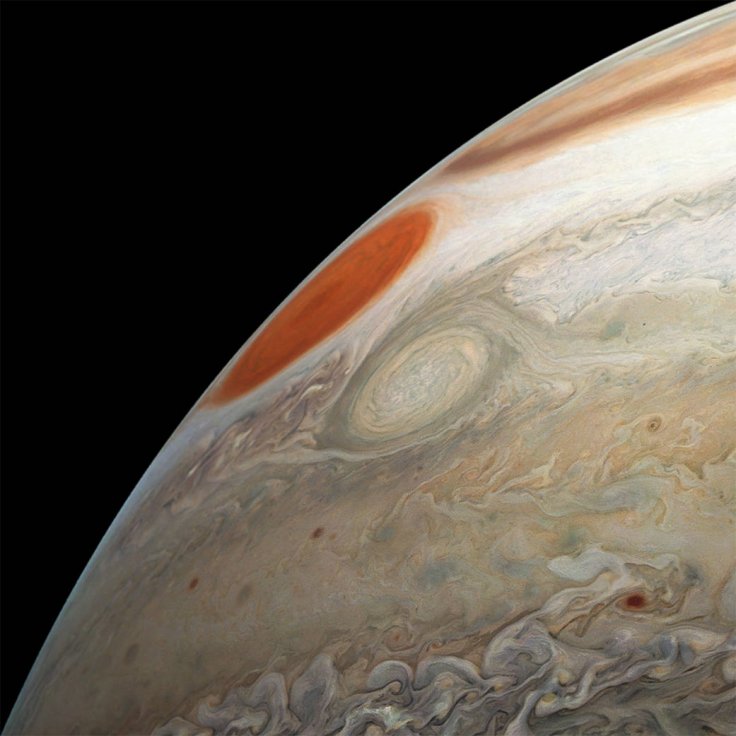
Many people have reported seeing a bright star in the horizon, and NASA has now revealed that it is not a star, but Jupiter, the bright gas giant. The United States space agency revealed that Jupiter is now very close to the earth, and earthlings can watch the gas giant lurking across the night sky.
On June 10, the earth will be directly between the sun and Jupiter, and on this day, people can watch the planet in its complete brightness. However, the entire month of June will show this visual sky spectacle, and skywatchers can use telescopes to see Jupiter's satellites too.
"Jupiter reaches opposition on June 10. This is the yearly occurrence when Jupiter, Earth and the Sun are arranged in a straight line, with Earth in the middle. It's the best time of the year to see Jupiter, as the planet is visible in the sky all night, and it's around the time when Jupiter is closest to Earth. Although opposition takes place on a specific date, the entire month or so around opposition is an equally good time to observe the planet and its four largest moons," wrote NASA in their skywatching update.
The space agency also added that skywatchers could even spot the banded clouds using telescopes.
"The solar system's largest planet is a brilliant jewel to the naked eye, but looks fantastic through binoculars or a small telescope, which will allow you to spot the four largest moons, and maybe even glimpse a hint of the banded clouds that encircle the planet," added NASA.
To enjoy this stunning sky sighting in its complete glory, skywatchers should make sure that they are observing the night skies from areas with low to little light pollution.
A few days back, data sent by NASA's Juno spacecraft had revealed that the magnetic field of Jupiter is very similar to the earth. The study report published in the journal Nature Astronomy suggested that Jupiter's magnetic field also used to shift just like the earth.








